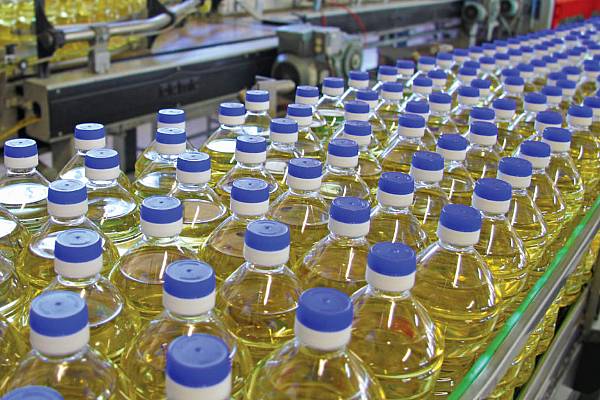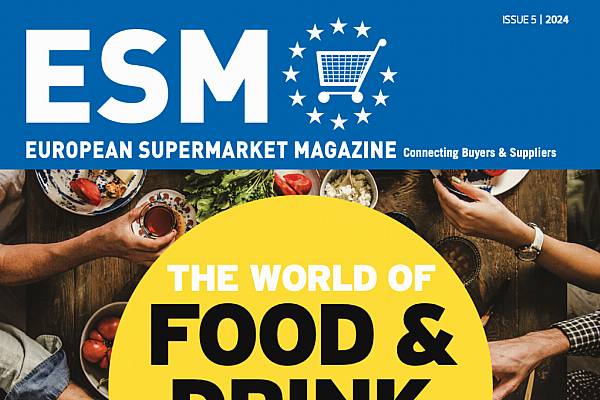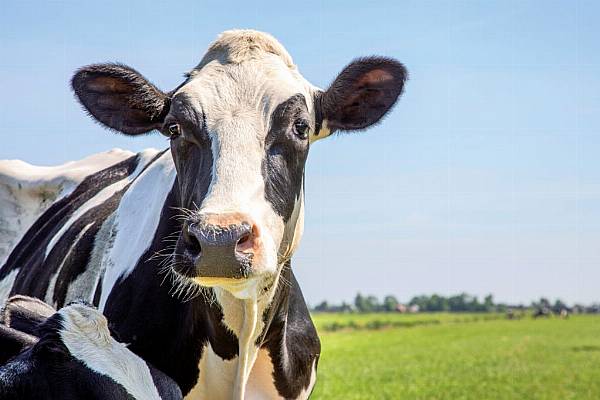The vegetable oils market is likely to affected by any number of external factors over the coming years, from the growth of biofuels to changes in dietary habits. Nick Peksa examines the latest market trends. This article first appeared in ESM Issue 2 2019.
If you were to ask a biologist what he or she thought was the underlying principle of biology, he or she would probably tell you that it was homeostasis. This is the ability to maintain a constant internal environment in response to environmental changes.
Now, if you think about a system as an entire ecosystem, you get a better understanding of why the oils and fats industry is so complex.
The price of a vegetable oil can be influenced by many factors (both directly and indirectly), as illustrated on the graph opposite.
In a natural process, when there is stress in a system, the balance needs to be restored. The scientists, again, have a term for this: allostasis – the adaptation or behavioural change that brings a system back into balance.
Following crude-oil price hikes, El Niño, and oversupply, we may have reached a point in the oils and fats industry where balance has been restored.
A Complex Market
Vegetable oils and animal fats are commonplace in the food industry. They are contained in everything from mayonnaise (large volumes) to smaller amounts, found hidden within bread and baked beans.
Over the last few years, we have seen sustained price erosion, and this is mainly due to ever-increasing supply.
The last decade has seen global production of vegetable oils continually increase (mainly palm and soybean oil). In 2019, total world supply will reach a new high – estimated at 201mmt, this is just ahead of consumption. This ample supply has helped to suppress oil prices in Europe for over a decade.
However, we have statistically reached a point where prices should regress to the mean.
Other than price, some additional factors support this conclusion. The EU is putting pressure on palm-producing nations around the topic of sustainability.
If you combine a potential boycott with the desire of the EU consumer to eat less saturated fat, then s/he must seek alternative oils. This is a problem when palm oil production is the main factor for global oversupply.
Challenging Year
The early indications are that both European rapeseed and sunflower crops will experience difficulties in 2019, on the back of a poor start to the growing season.
Rapeseed oil prices have already increased by 13% over the last three months, however, prices should stabilise in the upcoming months, as the Argentine crop comes on board. Sunflower crops will be supported by imports from Russia. If any adverse weather is experienced in the main growing regions of Europe, prices will rise.
Globally, we are expecting another record crop for soybeans. Output in 2018/19 is expected to expand by 6% y/y and hit 363mmt (up by 22mmt).
This season, however, may be the first season in which world soybean crush may not increase relative to production. This may be a result of the slowdown of global soy meal demand. Prices have been favourable for many years, and ample supplies of soybeans are available in the US, and therefore should keep US soy meal prices competitive, but this will also slow down the overproduction of soybean oil.
Diminishing Production
Two other factors need to be carefully considered, as these may have longer-term implications for the market.
Firstly, the average ages of Indonesian and Malaysian palm oil trees are 16 years and 20 years, respectively. Though these ages are still considered prime, they are nearing the phase of diminishing production.
Palm trees’ productivity drops when they reach 23-25 years. This implies that a crude palm oil supply crisis will happen in this decade.
Secondly, the last few years have seen biodiesel production booming in Indonesia and Brazil. If crude oil climbs to over $65 a barrel, then we can expect additional palm oil to be diverted to biodiesel production.
The EIA anticipates average Brent prices of $62 a barrel in 2020, however, any geo-political event can trigger a crude-oil price rally, which will intensify any price increases in vegetable oils.
Main Risk Factors
Reverting to the complex factors initially mentioned, earlier on, these can be expanded into a set of considerations that can then been viewed holistically.
On the supply side, an important consideration is the extreme competition with crops (e.g. maize, wheat and soybeans in USA), while standard considerations include the establishment of continuity of supply (e.g. growth of palm plantations in Malaysia and Indonesia), and the availability of agricultural land in specific producing countries by specific crop (e.g. can Russia grow more maize and sunflower seed?).
On the demand side, the demand from the biofuels industry (expected capacity and effects on supply) is an important consideration, as is the rising standard of living in developing countries. Other considerations include the importance of imports as a regulator of supply and demand, the extent to which supply responds to price (world basis), and how much demand is affected by political decisions, taxes, government regulations and trade agreements.
Finally, other factors worth consideration include changes to population dietary requirements, both in quality and quantity, changes to livestock dietary requirements, the effect of biodiesel production based on different crops, and understanding the contribution of fertilisers on important crops.
Several of the key criteria have the potential to affect the marketplace.
A Little Closer To Home
From a European perspective, we need to think carefully if we want to remove palm oil from the supply chain, as, in doing so, we could unbalance the system again, just when the market has reached a homeostatic point.
From a personal perspective, there appear to be multiple threats out there – ageing trees, crude oil, and a slowdown in oilseed crush, combined with really low oil prices. This all seems like an opportunity, so what are you waiting for? Buy, buy, buy!
For more information, contact [email protected]
© 2019 European Supermarket Magazine – your source for the latest retail news. Article by Stephen Wynne-Jones. Click subscribe to sign up to ESM: European Supermarket Magazine.














